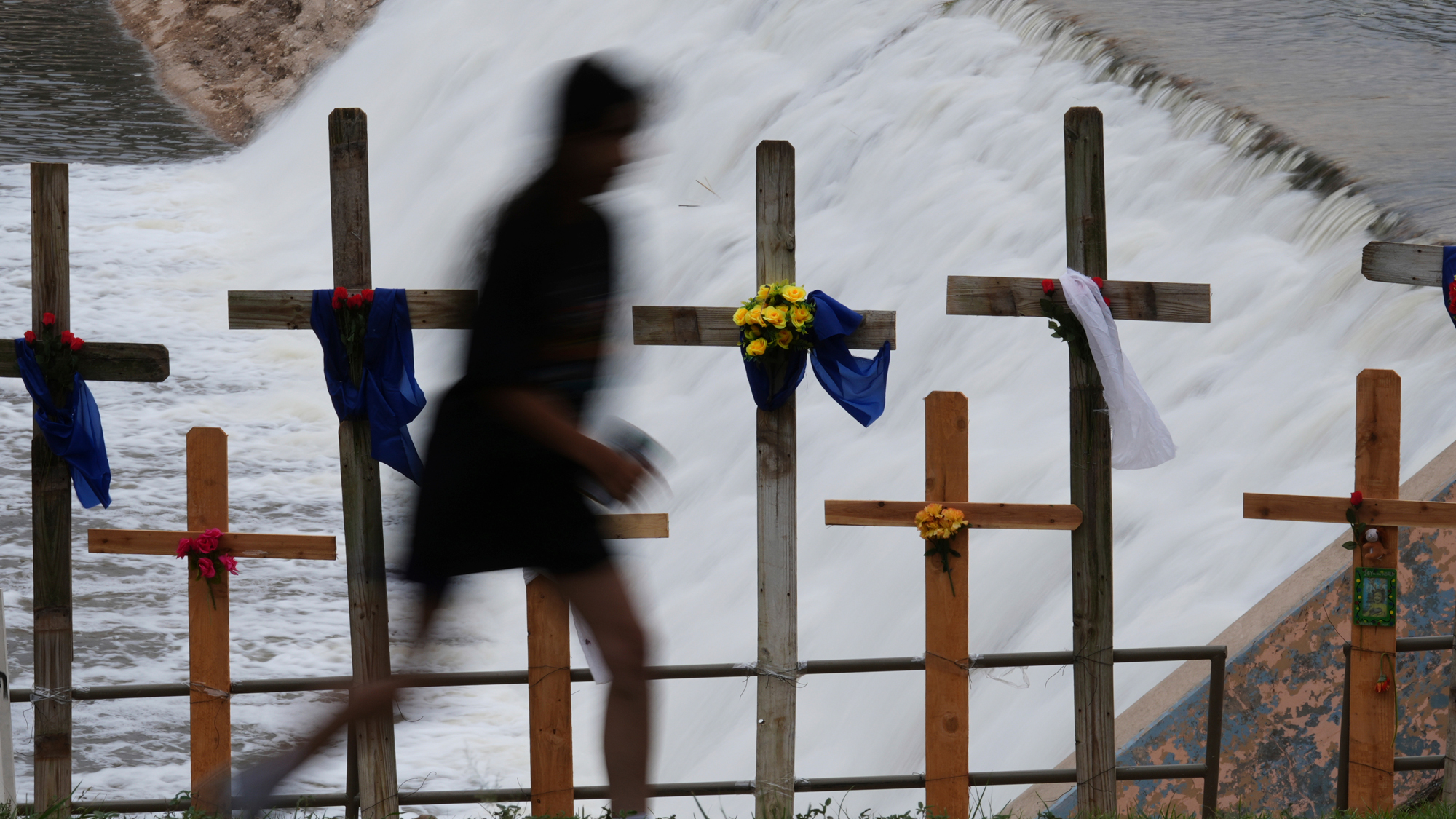As Texas mourns the devastating loss from Independence Day floods, unfounded conspiracy theories about weather control are spreading. Dispelling these myths is crucial to focus on recovery and support efforts.
No, Democrats Aren’t Controlling the Weather. Neither Is Anyone Else.

Key Takeaways:
- The Independence Day floods in Texas Hill Country have killed at least 121 people, with scores still missing.
- Conspiracy theories falsely claim that the weather is being controlled by political groups.
- There is no evidence to support these baseless weather control claims.
- Misinformation can hinder disaster response and recovery efforts.
- Relying on credible sources is essential during times of crisis.
A Tragic Reality in Texas
The Independence Day floods that swept through Texas Hill Country have left a trail of devastation. At least 121 people have lost their lives, and scores remain missing as rescue teams tirelessly search for survivors. Communities are grappling with the immense loss and the daunting task of rebuilding in the aftermath of one of the deadliest natural disasters to hit the region.
Misinformation in the Wake of Disaster
Amid the grief and chaos, a surge of disinformation is compounding the tragedy. Unfounded conspiracy theories have begun to circulate, alleging that Democrats or other entities are controlling the weather, implying that the catastrophic floods were not a natural occurrence but a manipulated event. Such claims have spread rapidly, fueled by social media and sensationalist outlets.
Debunking the Baseless Claims
There is no scientific evidence to support the notion that anyone is manipulating weather patterns to cause such disasters. Weather control remains beyond human capability, especially on the scale required to induce floods. Meteorological experts attribute the Texas floods to natural climatic factors that align with patterns of severe weather events.
The Consequences of Disinformation
The spread of these conspiracy theories poses real dangers. Misinformation can divert attention from critical rescue and relief efforts, sow discord within affected communities, and hinder the dissemination of accurate information that could aid those in need. In times of crisis, the proliferation of false narratives can exacerbate fear and impede collaboration among relief organizations and authorities.
The Importance of Credible Information
In the face of natural disasters, access to reliable information is paramount. Communities depend on accurate reporting to make informed decisions about safety, resources, and recovery strategies. It’s essential for individuals to seek out and rely on credible news sources, and for media outlets to prioritize factual reporting over sensationalism.
Focusing on Recovery and Support
As Texas continues to navigate the challenges posed by the floods, collective efforts should center on supporting victims, facilitating rescue operations, and rebuilding infrastructure. By dispelling myths and rejecting unfounded theories, communities can foster unity and resilience, ensuring that attention remains where it is most needed.
In times of tragedy, truth becomes a powerful tool for healing and progress. Discarding disinformation not only honors the realities faced by those affected but also empowers society to respond effectively and compassionately to those in need.











